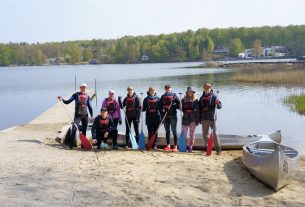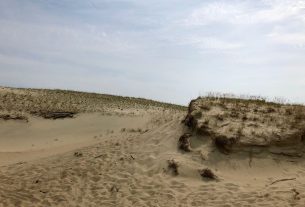LOCATION
The area stretching along the Niemen River had constituted the border between the Teutonic State and Prussia, and Lithuania for centuries. It is here that medieval crusades against pagan Balts focused, and that Catholic and Reformation communities, Calvinist and Lutheran ones, co-existed after the Reformation. Jews lived in many villages as well. There are no big towns or cities here, and the area is primarily agricultural. Today the River Niemen constitutes the border with Kaliningrad Oblast (Russia). Tauragė (Lith. Tauragė, Germ. Tauroggen) 55°15′N 22°17′E is the main administrative centre of the area, inhabited by almost 30,000 people.


photo source: own photos.
SIGHTSEEING
Selected places of religious worship and ancient beliefs are situated within 50 km from Tauragė. All of them are accessible by car, down asphalt roads with low volume of traffic. Rambynas Hill (Rambyno Kalnas) and the former hill forts upon the River Niemen (Seredžius, Kartupėnų Piliakalnis) are accessible only on foot, and visiting them requires fitness (stairs, going up a 60-70-metre hill, inaccessible for people with motor disabilities). Except the cathedral in Tauragė, Churches are open only in time of services (Sundays and holidays). We suggest you divide sightseeing into a day-long trips – one along the Niemen (between Jurbarkas and Seredžius), and the other of Tauragė, churches in Skaudville and Degučiai, as well as Rambyno Kalnas (Bitenai).
ATTRACTIONS
Rambynas Hillis a Sanctuary devoted to pagan god Perun, situated on the Niemen, and a place of pagan worship expressed by Romuva movement. The high shores of the Niemen constitute a part of the Regional Rambynas Park with walking trails, observation spots and the historical Evangelical cemetery in Bitenai (Bitėnų Kapinės). The hill forts on the Niemen (Seredžius, Kartupėnų Piliakalnis) witnessed the medieval Crusades against Lithuania in the 13thand 14thcentury.The fortress in Seredžius (Palemono Kalnas) used to be a sacred place as well. On the route there are small villages and beautiful Renaissance PanemunėsPilis (Pilis). In Degučiai village we can admire one of few wooden churches on a triangular ground plan (Šv. Vincento Ferero bažnyčia)in Europe, constructed in 1757. In Skaudvilėthere is a wooden, richly equipped baroque Church of the Holy Cross dating back to 1750. There are also remnants of a Jewish cemetery in the town which used to be inhabitedby many Jews. Tauragė, the capital was an important centre for Lutheranism – in the town you can see areconstructed Evangelical chapel from the mid-19thcentury, as well as a beautiful neo-Romanesque Catholic temple from 1904 (reconstructed in 1920 and 1955).
INFORMATION SOURCES
Heritage Class: [ C ]Cultural Heritage
Subclass [SR] :BLUE and GREEN believes and religions
WEB PAGES
http://www.taurageinfo.lt/






